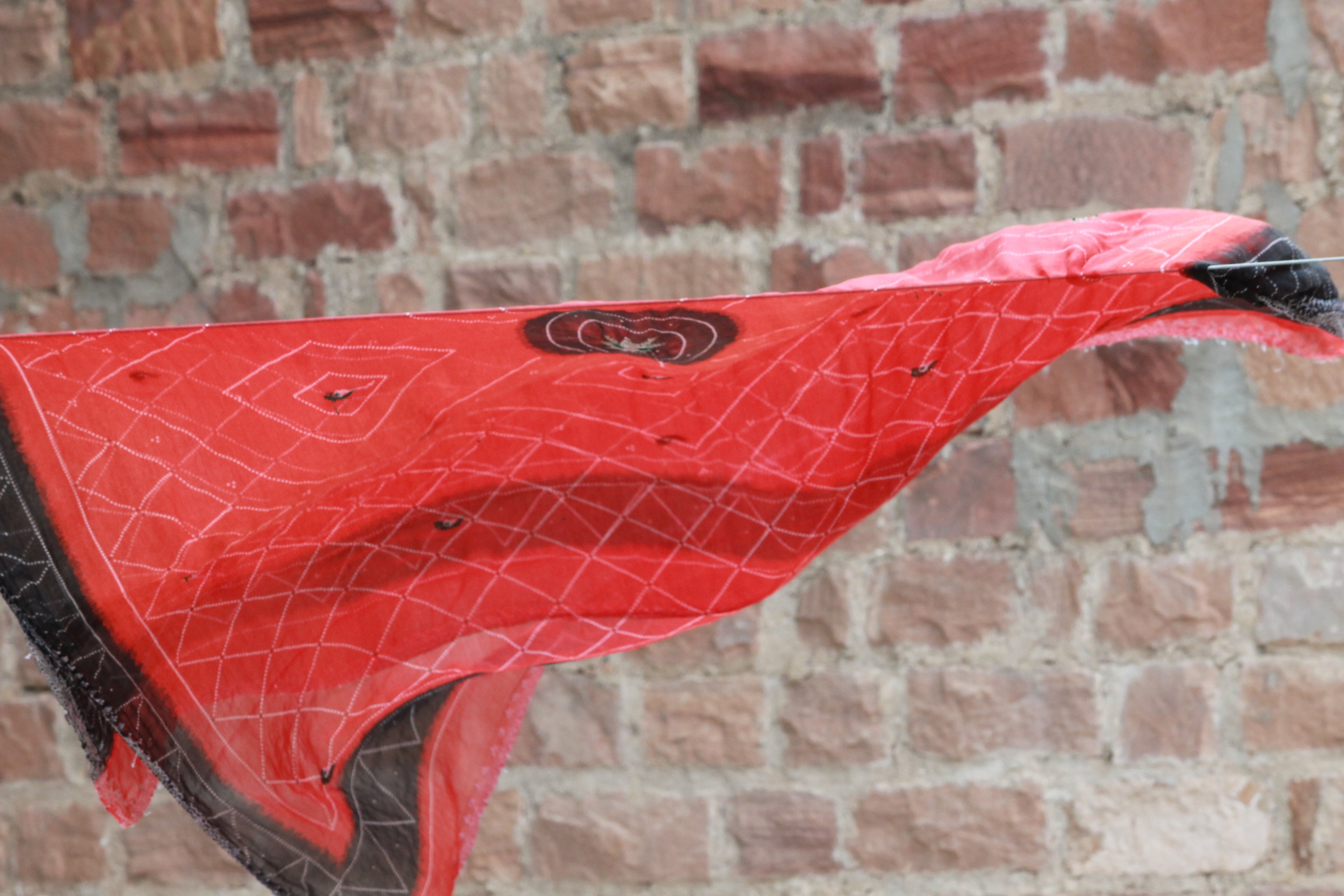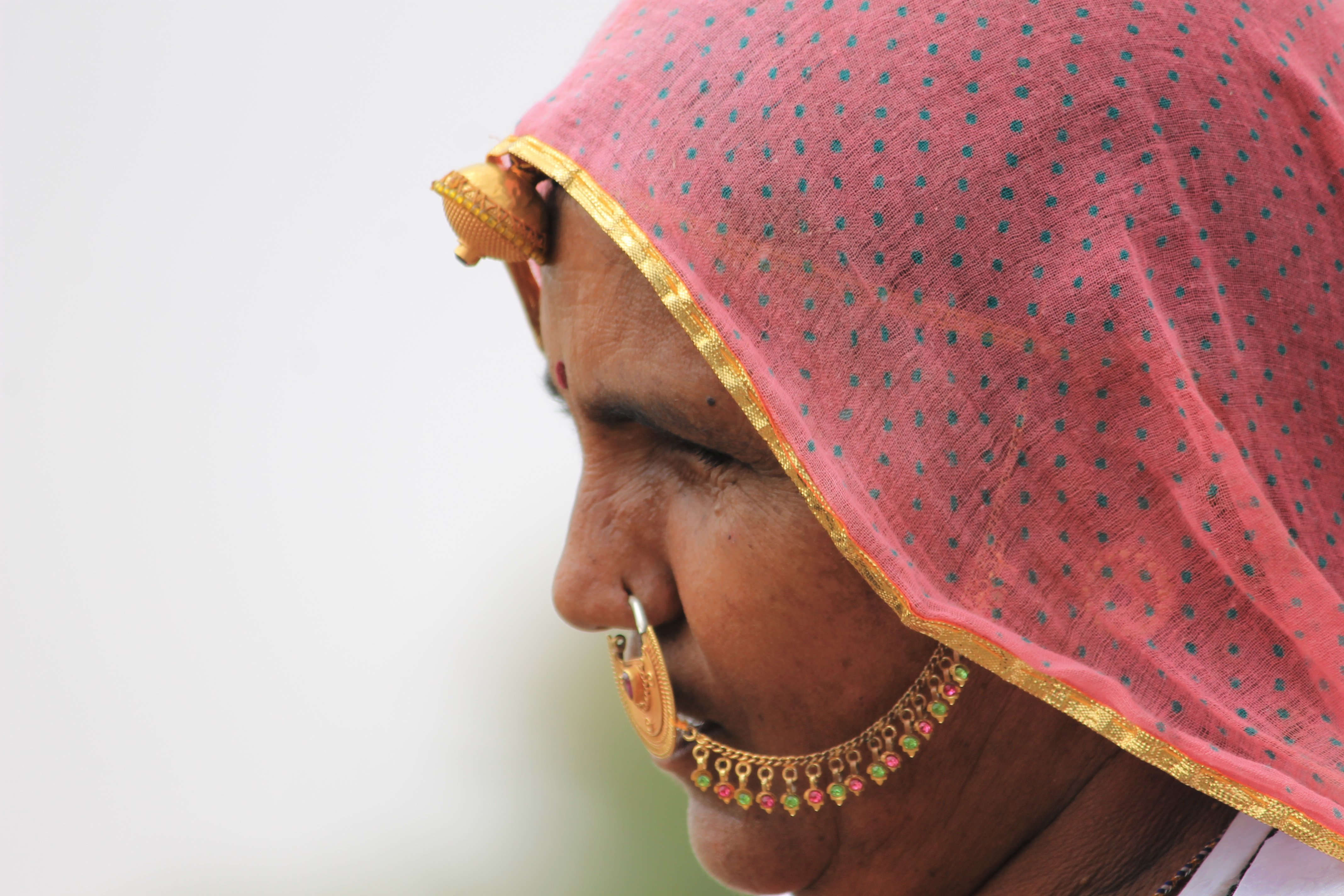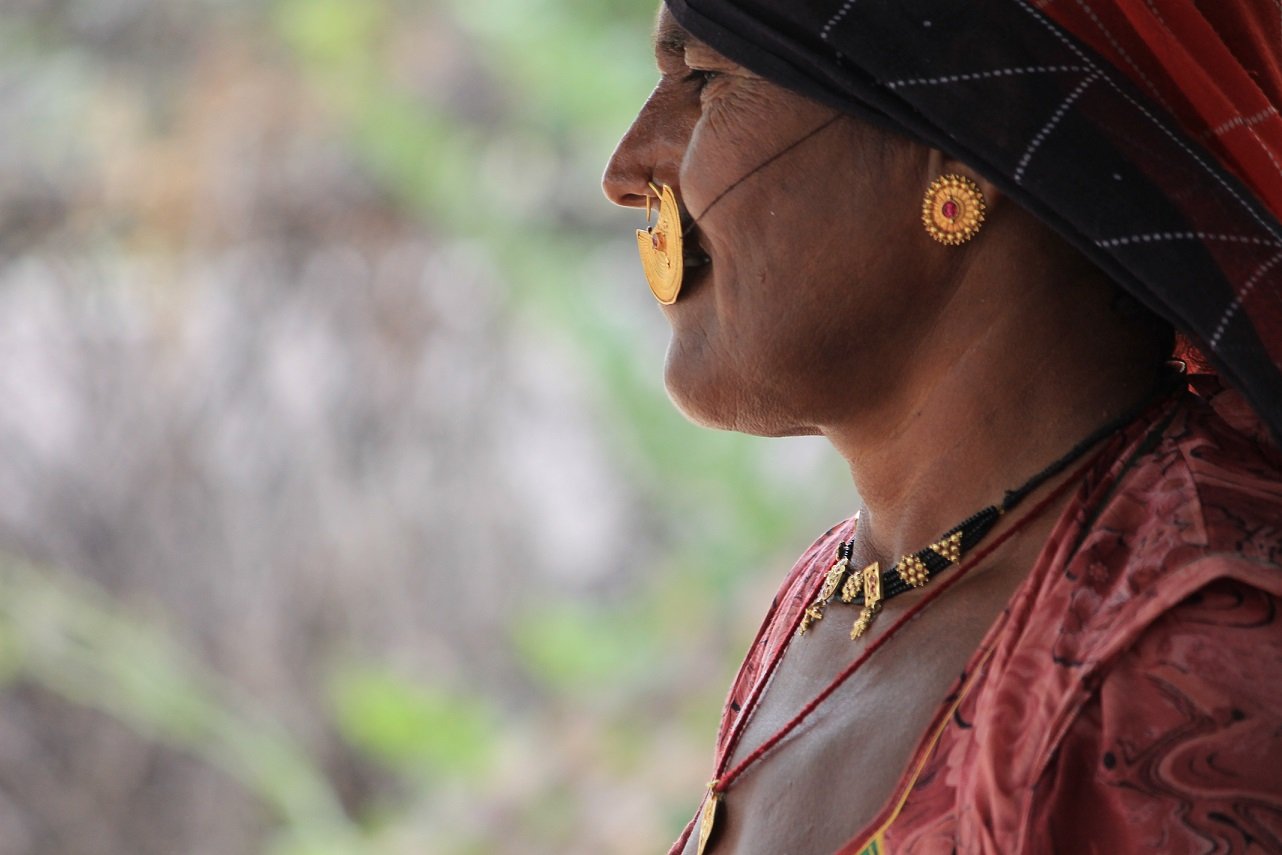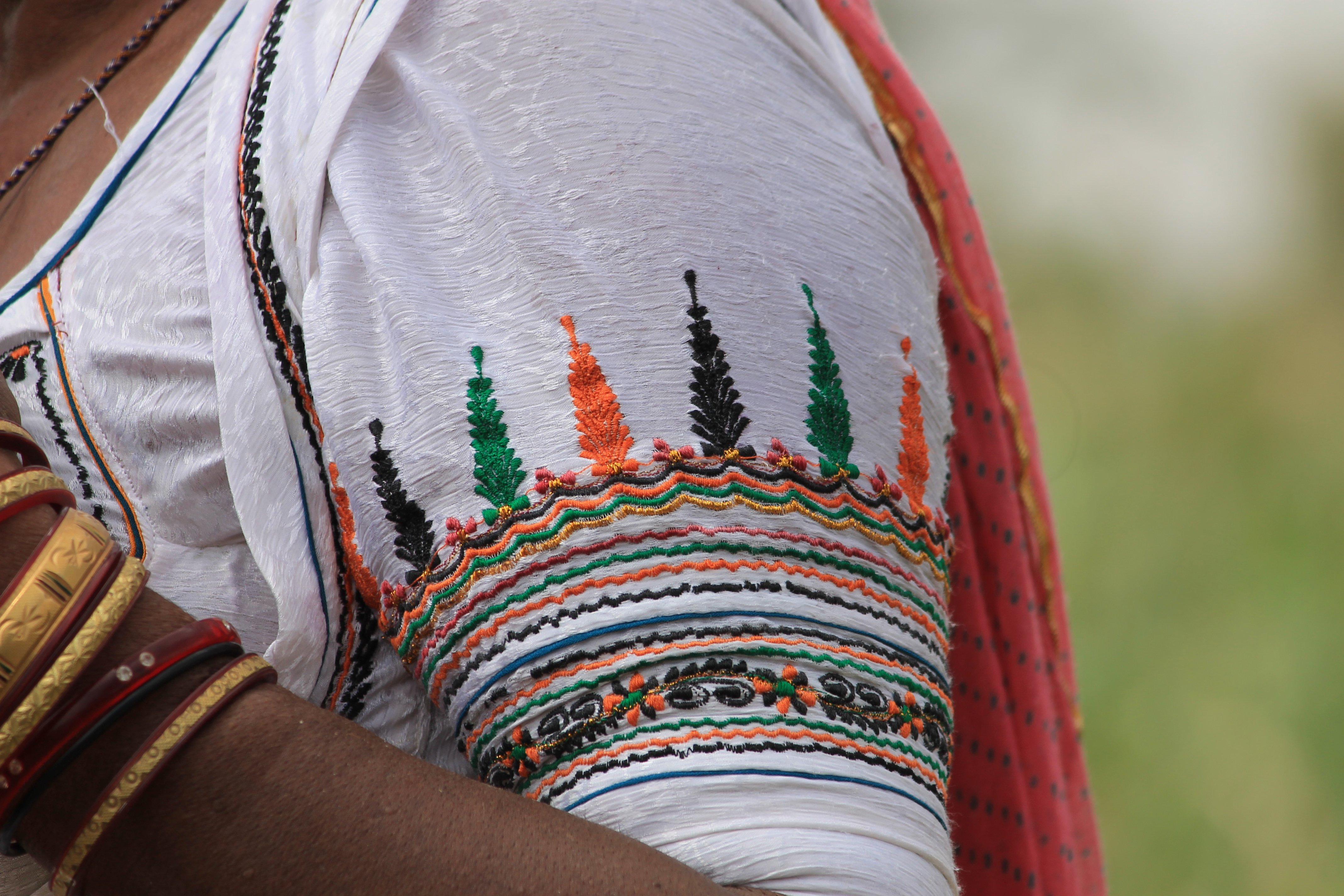Hello
Hope everyone is doing great...
In my last post about Bishnoi Community from Jodhpur, Rajasthan, I talked about how fortunate I was to witness the village with strong traditions and how the beliefs and culture of a community have influenced the crafts of the place and the amazing dedication these people have to their beliefs.
Check my last blog to read more:
@itravelarts/why-we-love-the-bishnoi-s-and-so-will-you-part-1
Today I will talk about and show how amazing their traditional costumes are.

To understand more please watch the movie: 
Bishnoi community can be easily identified by their clothes.
Costumes and jewelry of these desert people are not mere ornaments for them. Everything from head to toe including the turban and footwear establishes their identity, religion, economic and social status. Traditional costumes of Bishnoi women are regionally and stylistically diverse with great emphasis placed on ornamentation.
Their clothe's are designed to bear the harsh weather mainly in cotton to give some comfort in the heat. Bishnoi men traditionally wear white shirt, white turban and white dhoti.
Women are dressed in red ghaghra extending up to ankles to show off the beautiful ornaments. Loose and flowing clothes to cover up most of the body.


Married women wear blouses, called kurti and kanchli in floral prints and embroidered for special occasions, dabla, Sara (a drape varying from five to nine yards of cloth) which are tie dyed in red color along with a pleated skirt called Ghaghara which has a very distinctive feature in red color with white circles and printed border. The kurti worn by married women are normally embroidered with cross stitch in bright colors with ¾ sleeves.
Odhana (a type of fabric yardage smaller than sari worn over other clothing) is normally in red or pink color with tie-dye effect and golden/red or black piping. The heavy jewelry they wear is a big part of their customs, large circular crescent nose ring in gold called bhawariya is an important part of their tradition and only worn after marriage, a heavy silver ankle bracelet is a common feature and defines one social status, and wealth.


I feel so l lucky and grateful for visiting this village and to see all their old traditions and beliefs that are still preserved.
Hope you liked it..
Love.Swati




